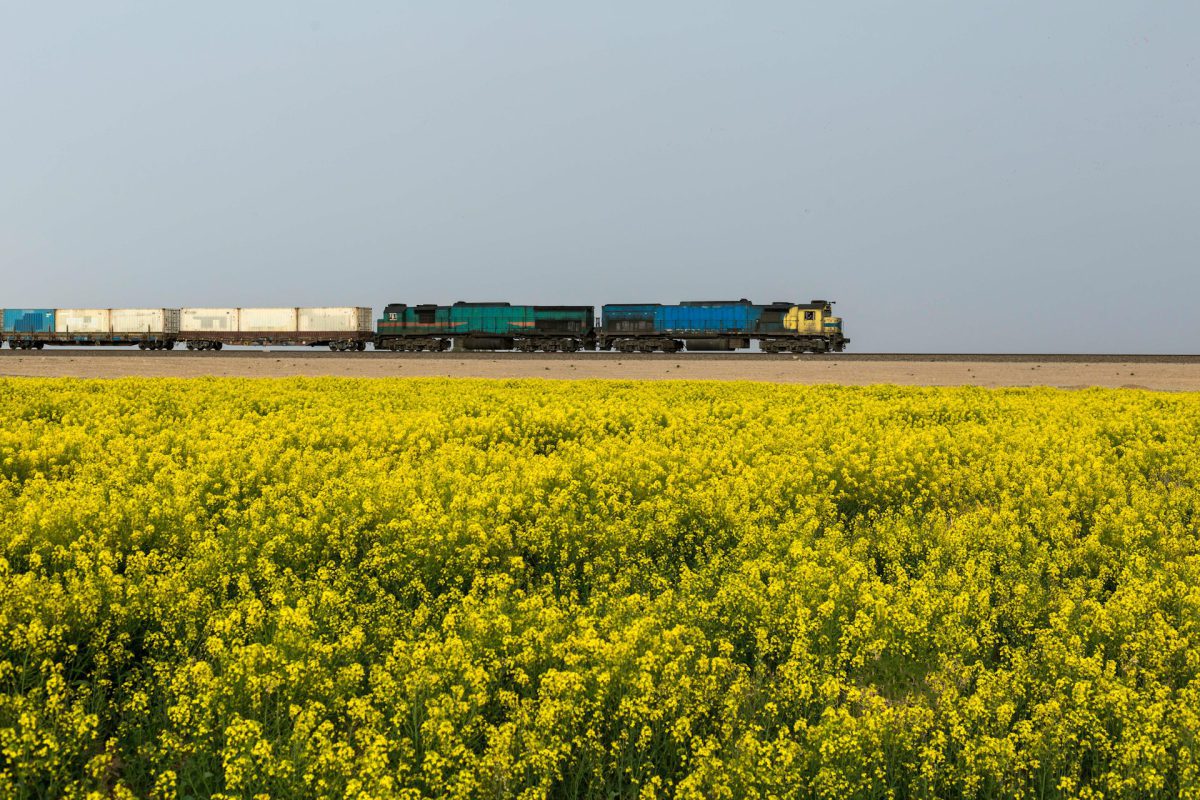Table of Contents
Taking a trip on the Iran railway feels like stepping into a history book where people’s hard work meets the vast beauty of nature. This long railway, stretching 1,394 kilometers, connects the Caspian Sea in the northeast to the Persian Gulf in the southwest. It was built from 1927 to 1938 by both the Iranian government and 43 international construction teams, showing what can be achieved when people work together.
The journey on this railway is like seeing a patchwork quilt of landscapes. From tall mountains to flat plains, passengers get to see a bit of everything Iran has to offer. The railway crosses two big mountain ranges, goes over rivers, and passes through forests, showing off Iran’s different climates. But what’s really amazing are the engineering feats along the way. There are 174 big bridges, 186 small ones, and 224 tunnels, including 11 spirals, all built to make sure the train can travel smoothly.
What’s even more impressive is that the whole project was paid for by money collected from taxes within the country, showing Iran’s desire to be self-sufficient. As the train chugs along, it’s not just carrying people, but also the pride of a nation coming together to build something great.
Trans-Iranian Railway and UNESCO World Heritage List
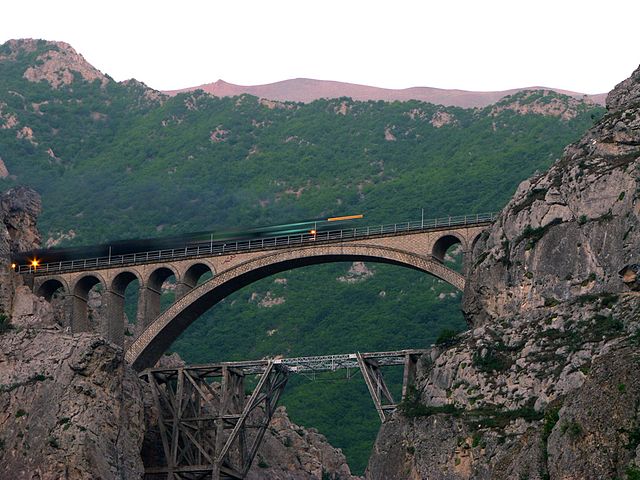
Included in UNESCO’s prestigious World Heritage List, the Trans-Iranian Railway showcases the incredible skills of its builders. This extensive railway system stretches across Iran, connecting different areas despite the challenging landscape. Constructed in the mid-1900s, this project was a huge task, needing lots of planning, hard work, and clever ideas to navigate the tricky mountains, deserts, and valleys.
Traveling along the Trans-Iranian Railway takes you on a journey through time and different places. From busy cities to quiet villages surrounded by stunning views, the railway is crucial for communities all over Iran. It doesn’t just help move things and people around but also encourages sharing cultures and boosts economies along the way. Today, the Trans-Iranian Railway stands as a reminder of human determination and achievement, showing how people can connect despite obstacles.
Iran Railway History
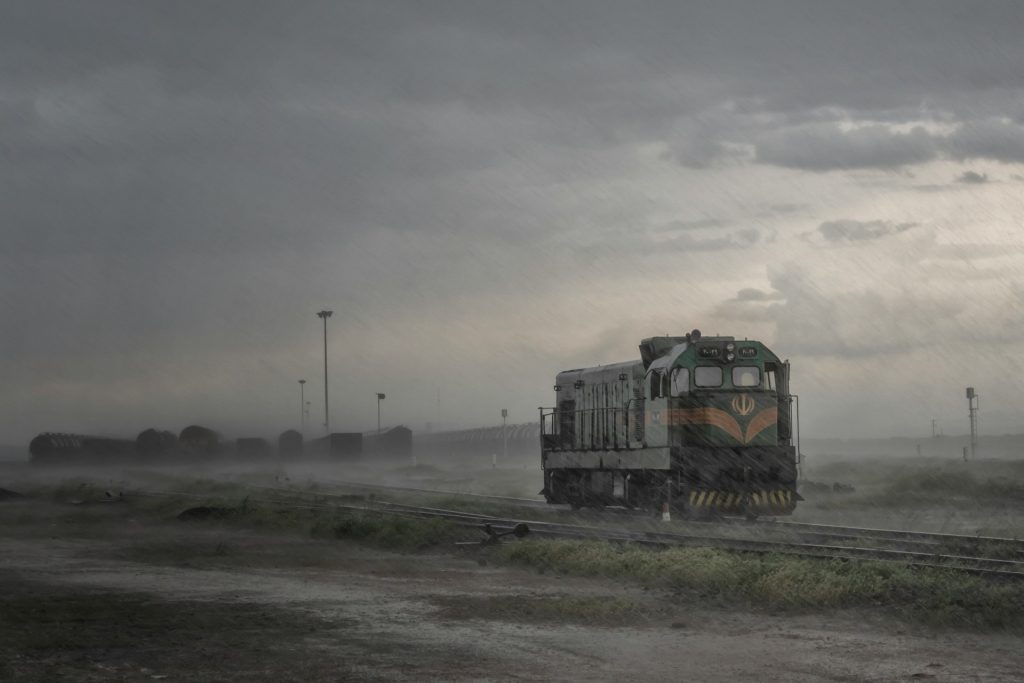
Back in 1882, during the time of Nasser al-Din Shah Qajar, Iran made a big step forward with its first train line. It stretched from Tehran to Rey’s Shah Abdul Azim shrine, covering more than 13,437 kilometers. This was all thanks to a clever French engineer who led the project.
When the first train chugged along, locals called it the “smoke car” because of the big clouds of steam it made. People were amazed but also a little scared of this huge machine. To calm their fears, the king invited important people like celebrities and military leaders to ride with him on the train.
In 1927, Iran took full control of its railway system, making it a key part of the nation’s growth. What started as a single line from Tehran to Rey grew into a network that reached every corner of the country. The railways became vital for trade, travel, and bringing people together.
With each train whistle, Iran moved closer to modernization. The tracks stretched further, connecting towns and cities, showing the country’s determination to move forward. From its small beginning to its big impact today, Iran’s railway history tells the story of progress and determination.
Iran Railway and Tourism
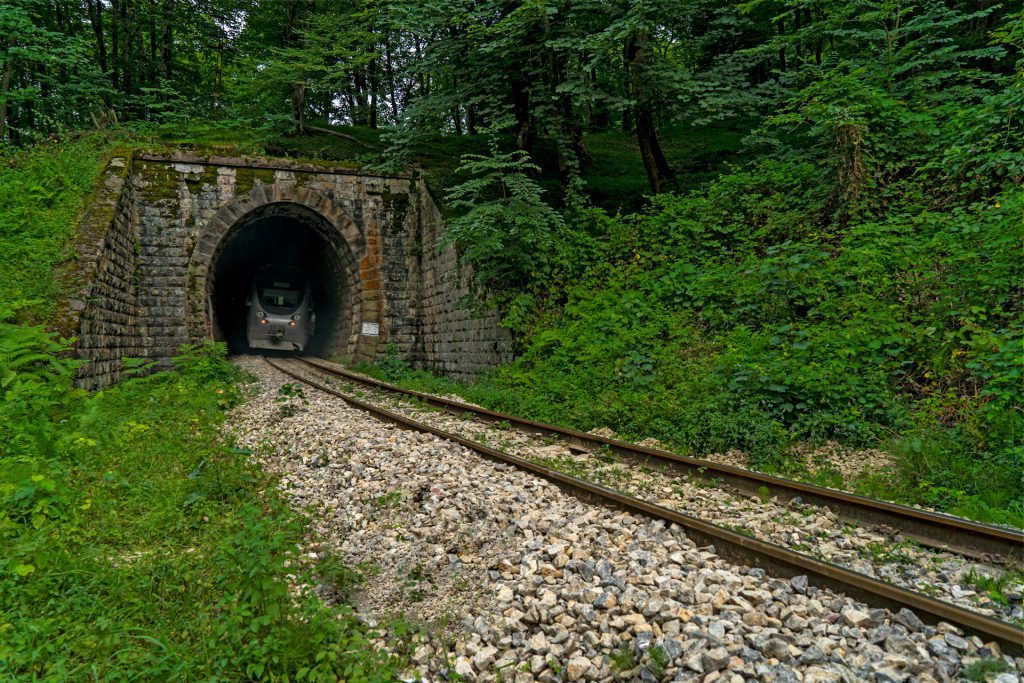
After World War II, Iran became a popular tourist spot in the Middle East until 1977, even beating Egypt. But things changed dramatically after the Iranian Revolution in 1979 and the Iran-Iraq War. The country faced tough international sanctions, which hurt its economy badly.
Morakabati, who studies how political violence affects tourism, explains that the Middle East has lots of potential for tourism but has also seen a lot of conflicts. This has slowed down the growth of its tourism industry. Before the revolution, most tourists came from Western Europe and the U.S. However, after that, visitors mainly came from nearby countries like Pakistan, India, Saudi Arabia, Turkey, and Afghanistan, for religious reasons or business.
Iran’s tourism scene has undergone a big transformation, but it’s still a fascinating destination with a rich history waiting to be explored by travelers worldwide.
New Era of Iran Railway
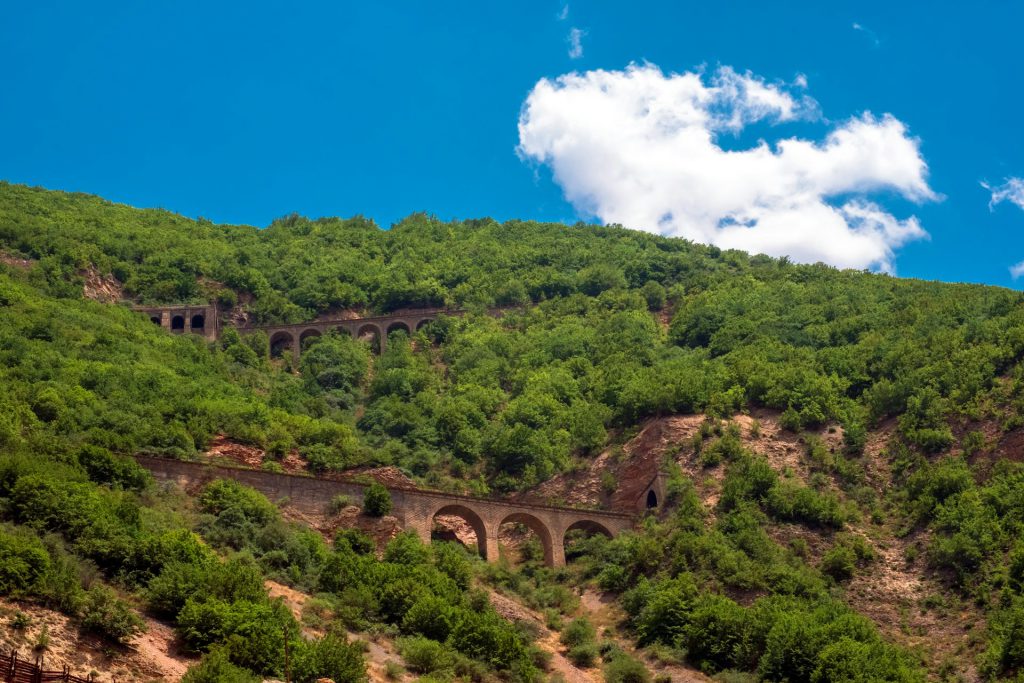
After the lifting of nuclear-related sanctions in 2015 through the Iran deal, Iran’s tourism scene picked up momentum once again. Despite shifts in U.S. sanctions under different administrations, Iran remained steadfast in its tourism goals. In 2019, the Middle East witnessed a surge in tourism, with Iran leading the charge as one of the fastest-growing destinations. With ambitions to host 20 million visitors by 2025, Iran embarked on a significant infrastructural overhaul, including the construction of over 4,300 miles of new railway lines in the past seven years.
One notable addition to Iran’s rail network is the high-speed line connecting Tehran, Qom, and Isfahan, offering travelers breathtaking views of UNESCO-listed wonders such as the Hyrcanian Forests and Mount Damāvand. These routes also provide glimpses into Iran’s rich history, exemplified by ancient hydraulic systems in Khuzestan, dating back to the fifth century B.C. For long-time travelers like Koyagi, the true beauty of train journeys in Iran lies in the connections formed with fellow passengers.
Sharing stories and meals with strangers fosters a sense of camaraderie unique to these experiences. Despite portrayals in Western media, Iranian travel blogger Matin Lashkari emphasizes the safety, tranquility, and eco-friendly nature of train travel in Iran. She points to the revitalization of cities like Yazd, blending modern amenities with cultural heritage, as evidence of Iran’s evolving tourism landscape. Lashkari’s accounts echo a sentiment shared by many visitors: Iran’s warmth and hospitality defy stereotypes, inviting travelers to explore its vibrant tapestry of culture and tradition.
Iran Railway Travel
Traveling across Iran by train reveals a mix of different landscapes, cities with rich history, and cultural wonders. With large distances between major cities, trains become essential for connecting these diverse parts of the country. They offer a fast, comfortable, and eco-friendly way to explore.
On long trips, trains are quick, cozy, and better for the environment than buses. Plus, overnight journeys help you save on accommodation and give you more time to explore during the day. But booking early is key, as Iranian trains tend to fill up fast. They’re in high demand, so it’s smart to plan ahead to ensure a smooth trip.
Iranian trains come in different styles depending on the company running them. Though they vary in quality, none are really bad. From regular service to high-speed trains, there’s something for everyone to get around Iran’s diverse landscapes. These trains crisscross the country, connecting cities and promising adventure wherever you go.
Services and Facilities of Iran Railway
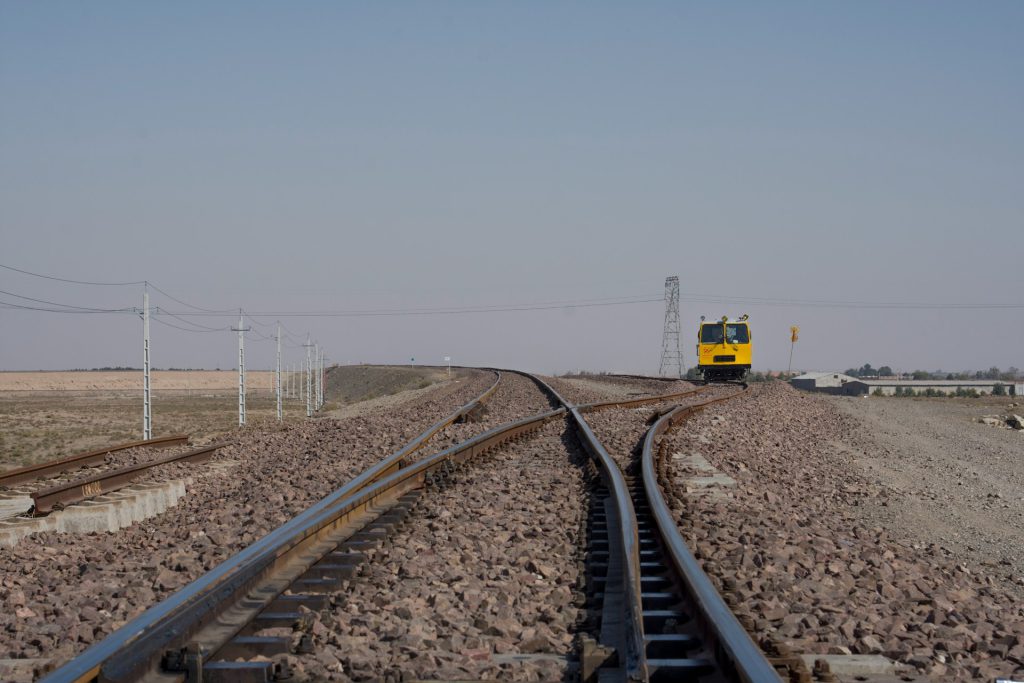
Leading transport companies always aim to ensure passengers feel safe and comfortable during their travels. While we often associate top-notch services with airlines, it’s important to recognize that trains also provide excellent amenities. In Iran, several trains stand out for their commitment to passenger satisfaction.
These trains offer a range of conveniences to make your journey more enjoyable, whether you’re a frequent traveler or setting out on a new adventure. Let’s explore the outstanding services provided by Iran’s top railways.
FAQs about Iran Railway
Q1: Does Iran have railways?
A1: The Trans-Iranian Railway, which spans from the shiny shores of the Caspian Sea to the fertile plains of the Persian Gulf, is praised as one of the most amazing engineering achievements of the 20th century.
Q2: What is the most luxurious train in Iran?
A2: Fadak trains offer three classes: Economy, Business, and First Class, each with its own prices and services. It’s worth noting that all Fadak trains are rated 5 stars. Each compartment in a Fadak train has four beds and two monitors.
Q3: What is the longest train journey in Iran?
A3: The Trans-Iranian Railway, stretching 1,392 kilometers (865 miles) from Bandar Shah on the Caspian Sea to Bandar Shahpur on the Persian Gulf, was completed in 1939 under the rule of Reza Shah Pahlavi.
Q4: Does Iran have bullet train?
A4: The Tehran–Qom–Isfahan high-speed rail is Iran’s first genuine high-speed rail project. Construction started on February 25, 2015.
Q5: What is the top speed of the Iran train?
A5: The construction of Iran’s inaugural high-speed railway started in 2015, connecting Tehran to Isfahan through Qom, with speeds reaching up to 300km/h. Additionally, a second high-speed line from Arak to Qom is currently being built. Both endeavors receive support from Chinese financing and engineering know-how.
Last Words: Experience the Best of Iran Railway with a Customized Tour
The train trip on the Trans-Iranian Railway feels like stepping into a big history book where people worked hard to build something amazing. This long railway, which is 1,394 kilometers long, connects the Caspian Sea in the northeast to the Persian Gulf in the southwest. It was built from 1927 to 1938 by the Iranian government and 43 international construction teams, showing what can happen when people work together.
When you’re planning to discover Iran and its fantastic Iran railway system, it’s smart to go for a trip that’s tailored just for you. That’s where To Iran Tour comes in. We specialize in making Iran Tours that are all about you. Our team works hard to create a trip that includes everything you want to see and do. Whether you’re into ancient history, bustling markets, or peaceful gardens, we make sure your trip is exactly what you’re hoping for.
Ready to start your Iranian adventure? Get in touch with To Iran Tour today, and let’s plan the trip of a lifetime, just for you!

